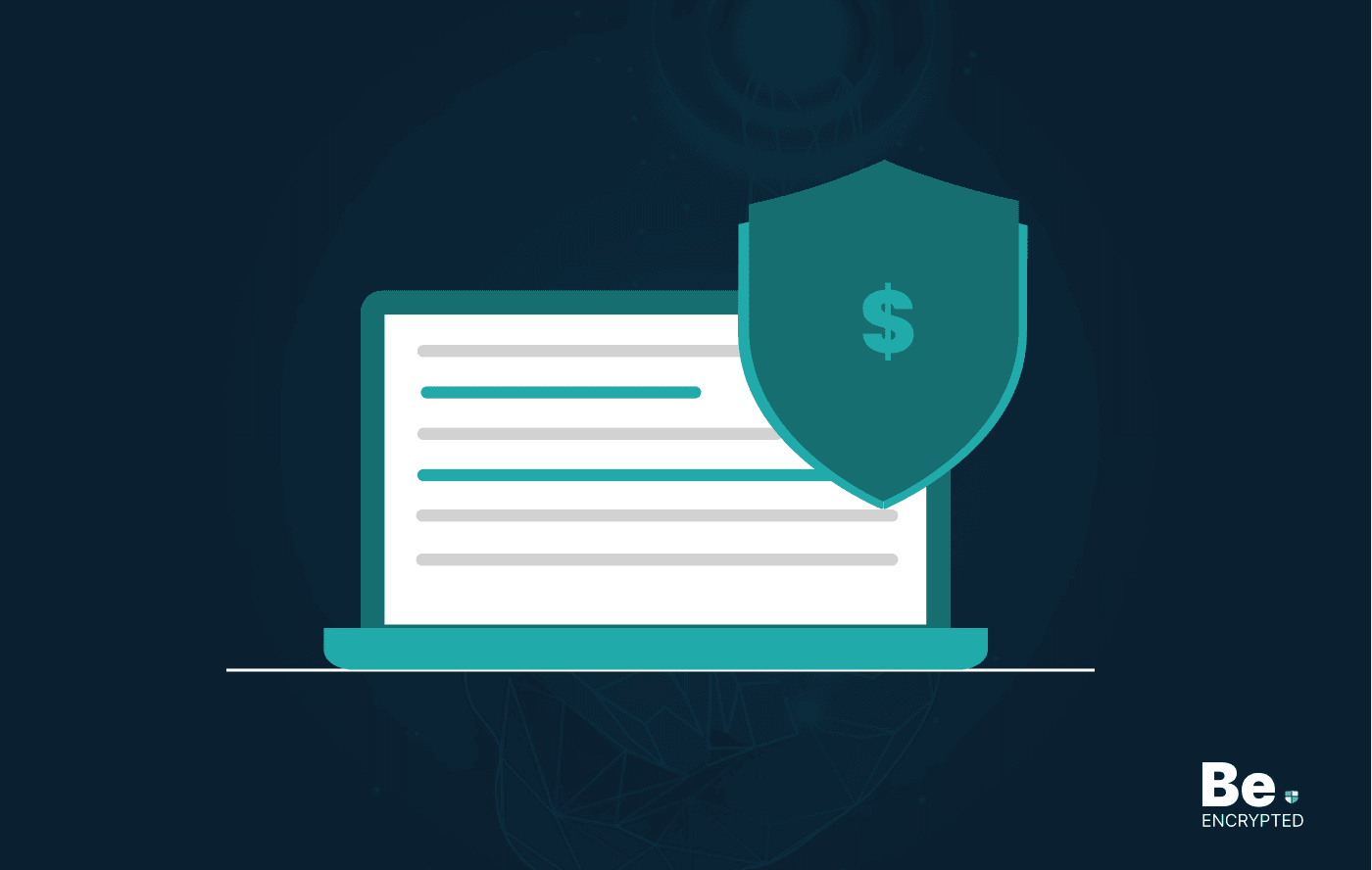Companies and developers owe it to their users to protect the data. Given the prevalence of breach attempts today, ensuring web apps implement necessary security measures would greatly help prevent frequent attacks. Below are a few measures businesses can follow to protect their web application:
Businesses now commonly deploy web applications to interact with customers and support their internal processes. However, due to the information these digital channels provide, they have become prime targets for cybercriminals.
More organizations are also becoming security conscious and using tools like web application firewalls to protect their apps. However, despite the availability of these solutions, organizations still fall victim to data breaches.
Luckily, you can mitigate these risks by following the four fundamental ways we discussed in this guide.
Ways to protect web applications
Below are the best ways, based on our tests and research, that you can use for web application protection:
1. Integrating security tools
Malicious actors can launch cyber-attacks quickly. Remote access tools can be easily purchased online, and more experienced hackers can also be hired on the dark web to target specific web applications.
Attackers already have access to millions of compromised credentials that could help them breach systems that use weak passwords through brute force. They can also tap massive botnets to assist in carrying out their attacks.
Solutions like WAFs can analyze all traffic to access the web app and filter out connections originating from known and suspected malicious sources. They can also prevent frequent attacks such as cross-site scripting (XSS), SQL injection, and remote file inclusion. As such, web apps must integrate solutions capable of thwarting these attacks.
Many solutions providers now also offer comprehensive security tools integrated alongside WAFs. These solutions may also feature distributed denial-of-service (DDoS) attack mitigation, anti-malware, and data protection, making it difficult for attacks to succeed.
2. Keeping stacks up-to-date
Web apps depend on technology stacks to function. As web apps and their stacks become more complicated, the vulnerabilities of these components also increase. Web apps and developers must keep their technology stacks free from such issues by patching and updating components.
For example, a content management system like WordPress. It powers nearly 30 percent of websites and requires an Apache web server, PHP, and MySQL stack. A vulnerability in just one component, like PHP, can be used to compromise the entire application.
Unfortunately, many web hosting servers still run outdated versions of PHP, like 5.6 and 7.0. WordPress sites that run on such stacks are now at increased risk of exploits since support for these PHP versions ended in December 2018. Should exploits be discovered, no new patches and fixes will be released for these versions.
Alarmingly, almost half of WordPress sites still use these. Administrators could lower their sites’ exposure by upgrading the stacks to newer PHP releases.
3. Implementing strict access controls
Whoever can access administrator-level functionalities can take over a web app and the underlying technology stack. Earlier this year, email service provider VFEmail was hit by a catastrophic breach. The attacker accessed all its servers, virtual machines, and backups.
The attacker wiped out all the data, permanently destroying the service. Such a level of attack is often possible by exploiting authentication mechanisms. It allows the attacker to access administrator-level privileges.
This is why companies and developers must keep their access credentials secure or use password managers to protect them. They should use strong and complicated passphrases that are frequently changed. Password rotation prevents hackers from using credentials stolen from previous breaches to access systems.
Web apps also implement two-factor authentication, ensuring that only authorized users can proceed with the apps’ login processes. High-level credentials should also be available to authorize and vet personnel and stored in secure password vaults.
4. Hunting for bugs
Errors in development can also cause vulnerabilities in web apps. It’s common for developers to leave bugs and errors in the source code. Attackers can also alter the code to introduce exploits or malicious processes into the app.
Developers could perform code audits to ensure that web apps are free from such vulnerabilities. Ideally, third-party security specialists would do this. External resources typically expose errors more effectively because they can review the code without bias.
As an alternative, companies could also set up bug bounty programs. Under these programs, users who report verified bugs and vulnerabilities are compensated for their discoveries. It allows developers to continuously have fresh eyes to review possible weak links in their apps. Companies can proactively address vulnerabilities using user feedback before malicious actors exploit them.
Share this article
About the Author
Waqas is a cybersecurity journalist and writer who has a knack for writing technology and online privacy-focused articles. He strives to help achieve a secure online environment and is skilled in writing topics related to cybersecurity, AI, DevOps, Cloud security, and a lot more. As seen in: Computer.org, Nordic APIs, Infosecinstitute.com, Tripwire.com, and VentureBeat.
More from Iam WaqasRelated Posts

How to Avoid Gambling Restrictions in 2024
KEY TAKEAWAYS Gambling is prohibited in multiple countries as it is addictive, and many people go ba...

20 Best Penetration Testing Tools For Security Professionals
KEY TAKEAWAYS If you’re in a hurry, then have a look at the list of 20 best penetration testin...

The Role of Developer Security in Software Development
KEY TAKEAWAYS The revolution of DevOps has reduced the SLDC and resulted in the creation of many sof...

How To Detect Hidden Cameras And Listening Devices? A Complete Guide
Many people feel like someone is watching them or listening to their conversations. They may be righ...

What is Virtual Firewall and How it Helps Us in 2024?
Scientists and technicians are trying to invent the latest technology protection to create barriers ...

10 Ways to Prevent Ransomware Attacks
KEY TAKEAWAYS Ransomware attacks are growing frequently and affecting every sector of the business i...


